Travel has evolved beyond a simple vacation activity into diverse approaches that fundamentally shape our experiences abroad. The contrast between racing through bucket-list destinations and immersing deeply in fewer locations represents one of the most significant divides in modern tourism philosophy.
Both methods offer unique perspectives and rewards that attract different types of travelers seeking various forms of fulfillment from their journeys. Here are 20 key differences between fast-paced and slow travel that might transform your perspective on exploring the world.
Time Allocation

Fast-paced travel compresses multiple destinations into shorter timeframes, often covering several cities or even countries within a week or two of constant movement and tight schedules. Slow travel embraces extended stays in fewer locations, allowing weeks or even months in a single region where daily life unfolds at a natural rhythm without the pressure to move on to the next attraction constantly.
Connection With Locals
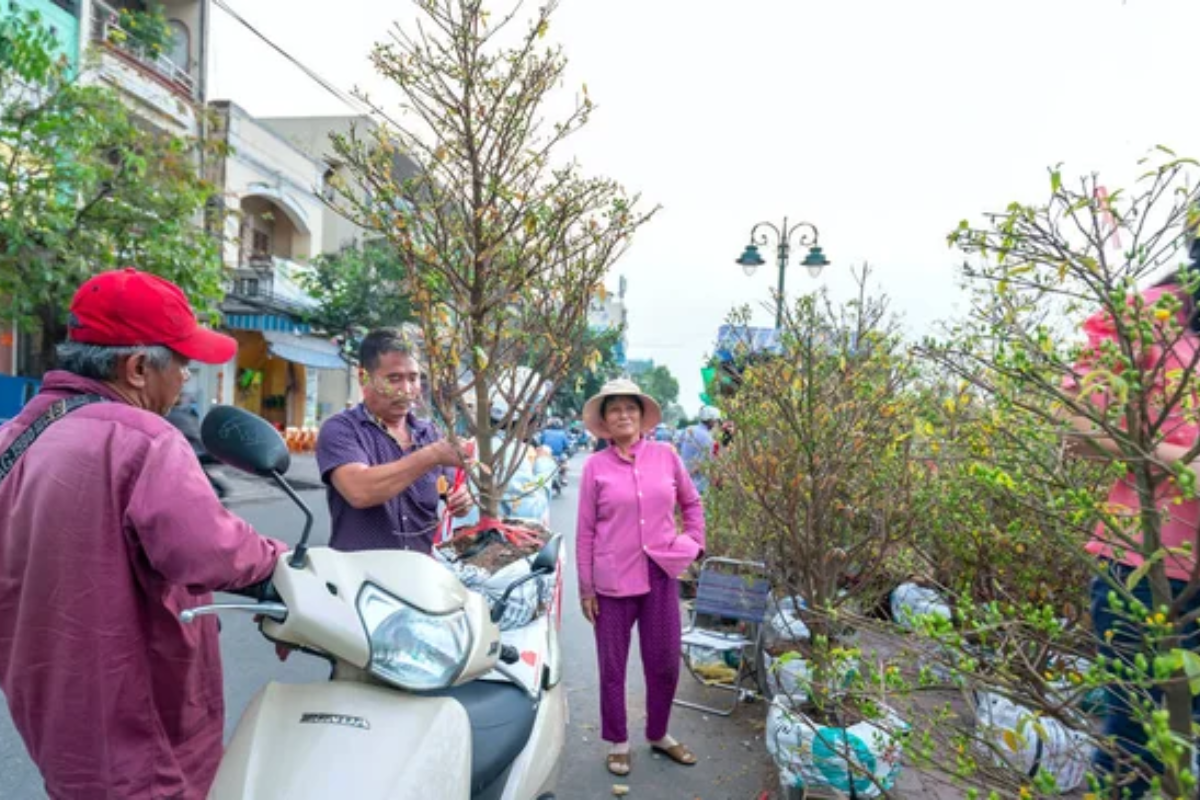
Fast-paced travelers typically interact with locals primarily through service transactions at hotels, restaurants, and tourist attractions, creating brief encounters that rarely develop beyond surface-level exchanges. Slow travelers forge genuine relationships with neighborhood shopkeepers, regular café patrons, and residents, often developing friendships that continue long after the journey ends through social media or return visits.
Like Travel Pug’s content? Follow us on MSN.
Accommodation Choices

Fast-paced travelers gravitate toward centrally located hotels and chain accommodations that offer standardized amenities and efficiency for quick stays before moving to the next destination. Slow travelers often choose apartment rentals, homestays, or longer-term lodging options that include kitchen facilities and living spaces, effectively creating a temporary home rather than just a place to sleep.
Transportation Experience

Fast-paced travel typically relies on efficient transportation methods like flights, high-speed trains, and tour buses designed to minimize transit time between destinations. Slow travel embraces local transportation systems, including regional trains, public buses, and walking, as part of the experience itself, turning the journey between places into a meaningful component of travel rather than merely a means to an end.
Itinerary Flexibility

Fast-paced travelers often plan detailed daily schedules for weeks or months, with pre-booked tours and timed entries to maximize efficiency at major attractions. Slow travelers maintain loose plans with room for spontaneous discoveries, allowing weather, local recommendations, or newfound interests to reshape their experiences without the pressure of missing prepaid activities.
Like Travel Pug’s content? Follow us on MSN.
Food Experiences

Fast-paced travelers often sample iconic local dishes at well-reviewed restaurants near major attractions, sometimes checking multiple ‘must-try’ foods off their list in a single day. Slow travelers develop relationships with local markets and neighborhood eateries, learning ingredient names in the local language and perhaps even taking cooking classes to bring authentic recipes home as a lasting souvenir.
Budget Distribution

Fast-paced travel typically concentrates expenses into shorter periods with higher daily costs for transportation between destinations, attraction fees, and convenience-based food options. Slow travel spreads costs over longer periods with lower daily expenses, often saving money through apartment rentals with kitchen access, local grocery shopping, and reduced transportation needs.
Souvenir Selection

Fast-paced travelers tend to purchase recognizable souvenirs from gift shops near major attractions, selecting items that clearly represent the locations they’ve visited. Slow travelers accumulate more personal mementos, including locally made crafts from neighborhood artisans, items with practical use at home, or objects with stories attached to specific experiences rather than just place names.
Like Travel Pug’s content? Follow us on MSN.
Environmental Impact
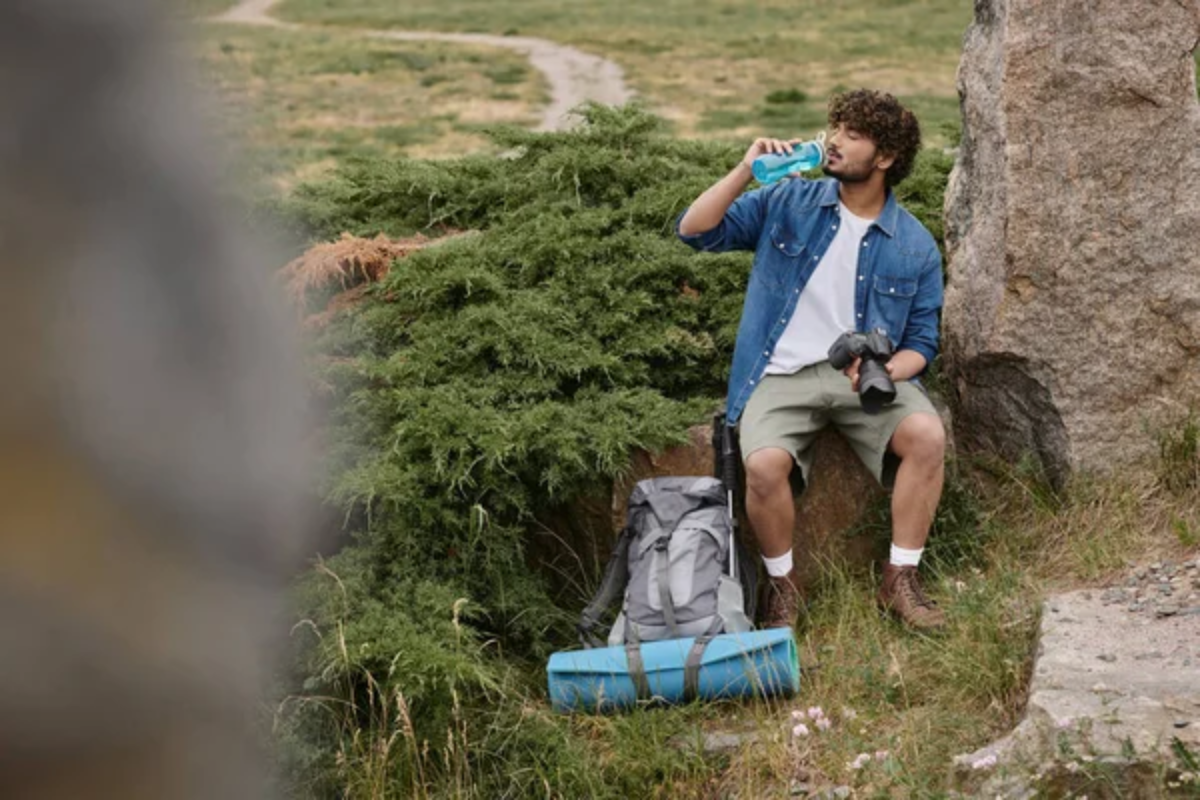
Fast-paced travel generally creates a larger carbon footprint per day through frequent flights, private transportation between sites, and greater reliance on single-use items due to constant movement. Slow travel reduces environmental impact through fewer long-distance journeys, increased use of public transportation or walking, and more sustainable daily habits that mirror responsible local practices.
Cultural Understanding

Fast-paced travelers gain broad exposure to different cultures, noticing stark contrasts between places but potentially reinforcing simplistic stereotypes through limited engagement with each location. Slow travelers develop nuanced cultural literacy by witnessing everyday life beyond tourist zones, recognizing the complex social dynamics and regional variations that only become apparent through extended observation.
Language Engagement

Fast-paced travelers typically learn only essential phrases in multiple languages, relying heavily on translation apps or English-speaking tourism infrastructure. Slow travelers develop meaningful vocabulary in fewer languages, potentially achieving conversational ability that enables more authentic interactions and demonstrates respect for local communication preferences.
Like Travel Pug’s content? Follow us on MSN.
Recovery Time
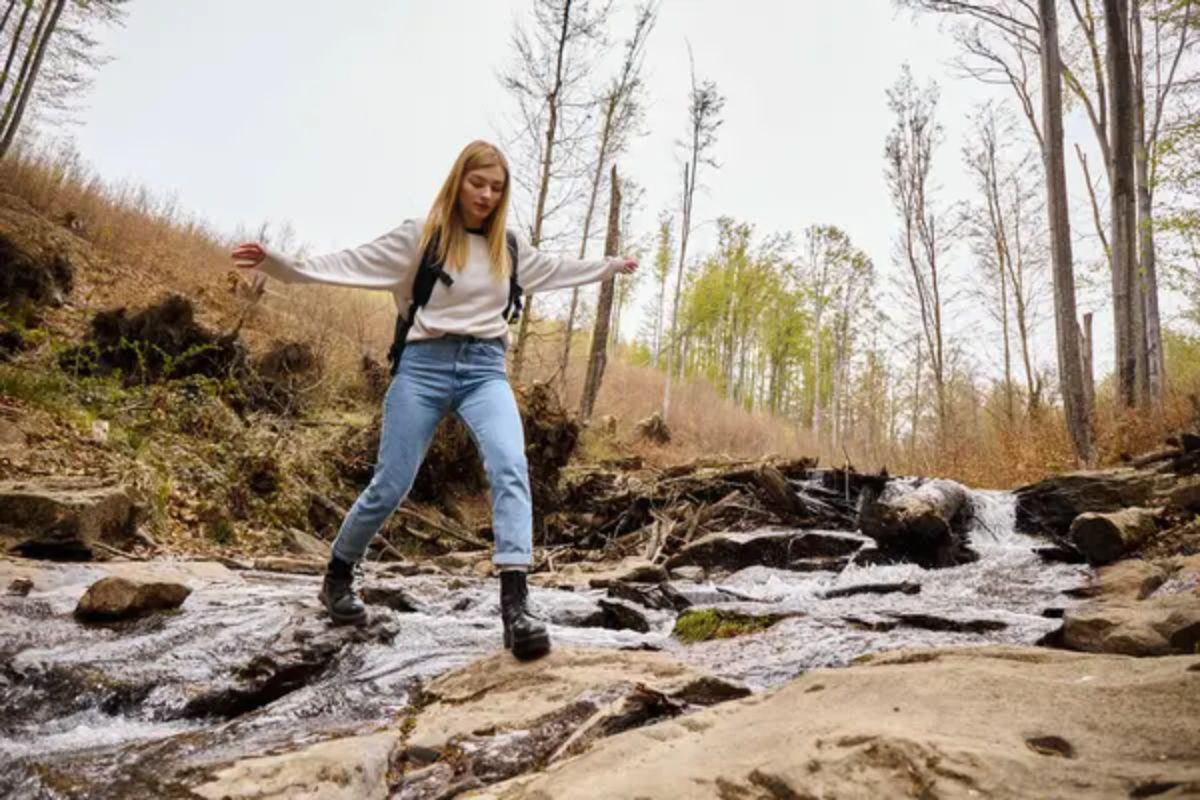
Fast-paced travel creates a constant state of stimulation and adjustment, often leading to exhaustion that requires a ‘vacation from your vacation’ upon returning home. Slow travel incorporates rest days and familiar routines that prevent burnout, allowing travelers to return home energized rather than depleted by their experiences abroad.
Social Media Approach

Fast-paced travelers often document a wide variety of iconic sites across numerous locations, creating content that showcases the breadth of experience and recognizable landmarks. Slow travelers tend to share deeper stories about specific places, capturing subtle changes in neighborhoods across seasons or developing visual narratives about personal connections to particular locations.
Handling Disruptions
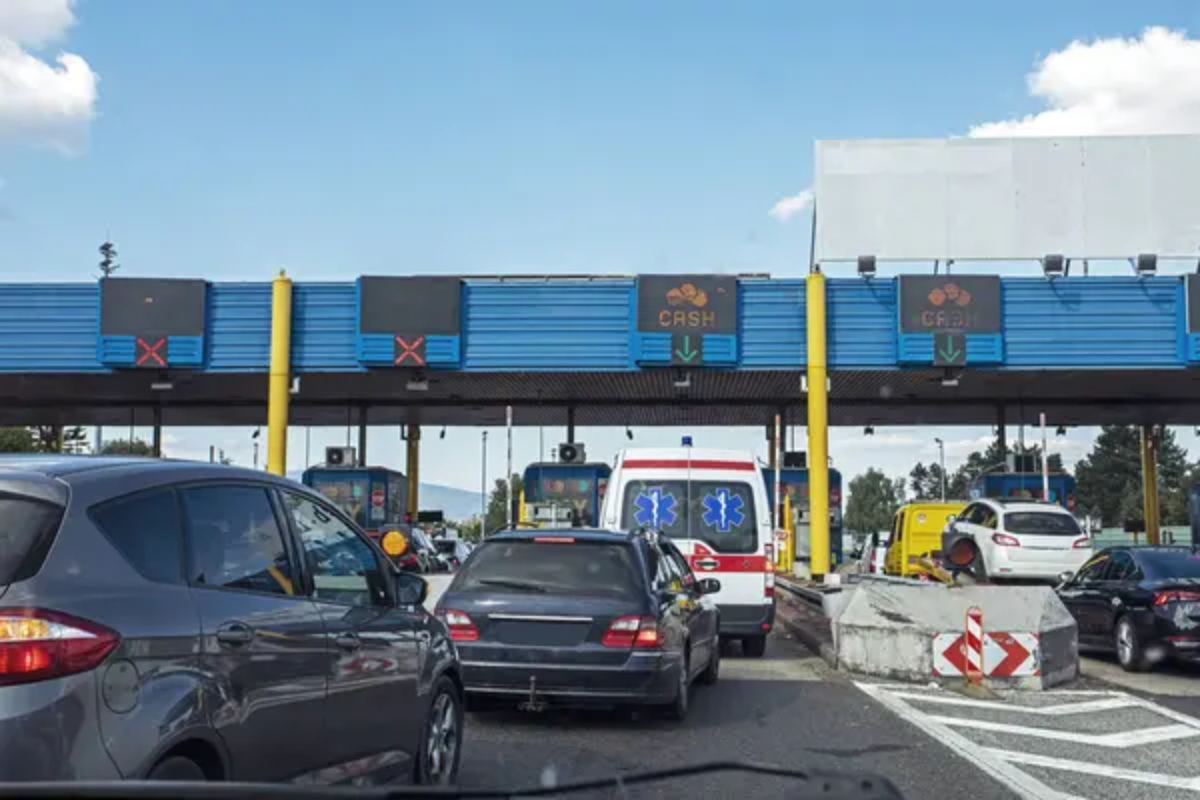
Fast-paced travelers feel greater stress when facing transportation delays or attraction closures, as tight schedules leave little room for adjustments without cascading impacts on subsequent plans. Slow travelers absorb disruptions more easily, viewing unexpected changes as opportunities to discover overlooked aspects of a destination or simply as part of the authentic travel experience.
Like Travel Pug’s content? Follow us on MSN.
Memory Formation

Fast-paced travelers create memories tied to specific landmark experiences and photographic highlights, sometimes struggling to recall which city contained which attraction when destinations blend. Slow travelers develop sensory memories embedded in everyday moments—the morning light in a neighborhood café, the sound of local street musicians, or the fragrance of a favorite market stall—creating more vivid and lasting impressions.
Personal Growth

Fast-paced travel develops adaptability and efficiency skills as travelers learn to navigate varied systems quickly and adjust to rapid environmental changes. Slow travel fosters deeper self-awareness and cultural empathy, providing time for reflection on how different lifestyles and perspectives might reshape personal values and priorities.
Return Visit Patterns
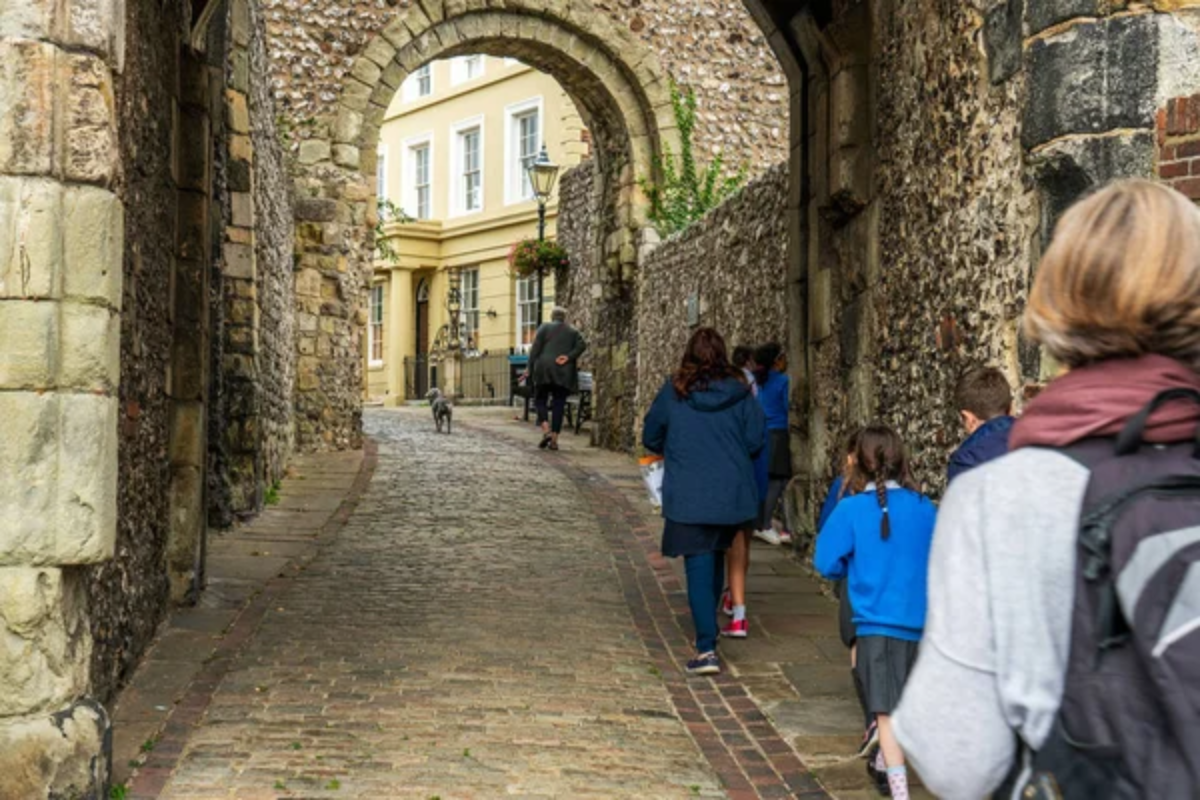
Fast-paced travelers often feel satisfied that they’ve ‘done’ a location after seeing major highlights, directing future travel toward entirely new destinations to expand their country count. Slow travelers frequently return to previously visited locations, building upon established connections and exploring new layers of familiar places while maintaining relationships developed during earlier stays.
Like Travel Pug’s content? Follow us on MSN.
Career Integration

Fast-paced travel typically requires taking vacation time away from work, creating a clear separation between professional life and travel experiences. Slow travel increasingly blends with remote work opportunities, allowing longer stays abroad while maintaining professional responsibilities through digital nomad arrangements that integrate career and travel seamlessly.
Handling Homesickness

Fast-paced travelers rarely experience significant homesickness, as the constant novelty and stimulation of changing locations overrides feelings of disconnection from home routines. Slow travelers may encounter deeper homesickness during extended stays, but they develop valuable coping strategies by creating familiar rituals in new environments and building supportive local connections.
Legacy of Experience

Fast-paced travel leaves behind collections of experiences that demonstrate the diversity of global attractions and cultures, providing broad knowledge about how different places compare. Slow travel creates profound connections to specific communities and a deeper understanding of particular cultures, often leading to ongoing involvement with local causes or continued relationships that extend far beyond the journey itself.
Like Travel Pug’s content? Follow us on MSN.
The Journey Beyond Destinations

Whether racing through world-famous landmarks or settling into the rhythm of a single neighborhood, every travel approach reveals different dimensions of both the world and ourselves.
The ultimate wisdom may come from recognizing that these approaches aren’t mutually exclusive but complementary. Perhaps the richest perspective emerges from experiencing both styles across a lifetime of exploration, allowing each journey to teach us something new about engaging with our wonderfully complex world.
More from Travel Pug

- 20 Destinations That Were Once Thriving but Are Now Quietly Disappearing
- 13 Destinations Where Tourists Regularly Regret Their Trip
- 20 Once-Popular Beach Towns That Are Now Ghostly Empty
- 10 Under-the-Radar Mountain Towns That Are Both Affordable and Beautiful
- Take a ‘Learning Vacation’ in These 20 Extraordinary Places
Like Travel Pug’s content? Follow us on MSN.
